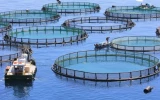Tilapia Farming in the Philippines: Cost & Profit 2023
Tilapia farming has become a significant and expanding industry in the Philippines, contributing 20% to the growth of the country's aquaculture sector. As you venture into this promising business in 2023, it's essential to understand the costs and potential profits involved in tilapia farming.
In the Philippines, tilapia is grown on approximately 14,500 ha of freshwater, producing an average yield of 5.61 mt/ha for both export and import. To enhance your profit margin, consider the costs within a 100-sqm concrete pond, account for an average weight of 200–250 grams per tilapia, and manage production volume.
To succeed in this venture, you will need to focus on efficient farming practices, proper hatchery management, and an effective marketing strategy. Let's examine the details below.
Summary
- You can accumulate a net income of PHP 700,000 to PHP 1,300,000 per year when selling tilapia in the Philippines.
- Exploring value-added products like tilanggit can improve your overall profitability in tilapia farming.
- It's essential to adopt sustainable farming practices such as integrated aquaculture systems, polyculture, and energy-efficient technologies.
- Choose tilapia feeds made from natural and organic ingredients and free from synthetic additives and growth hormones.
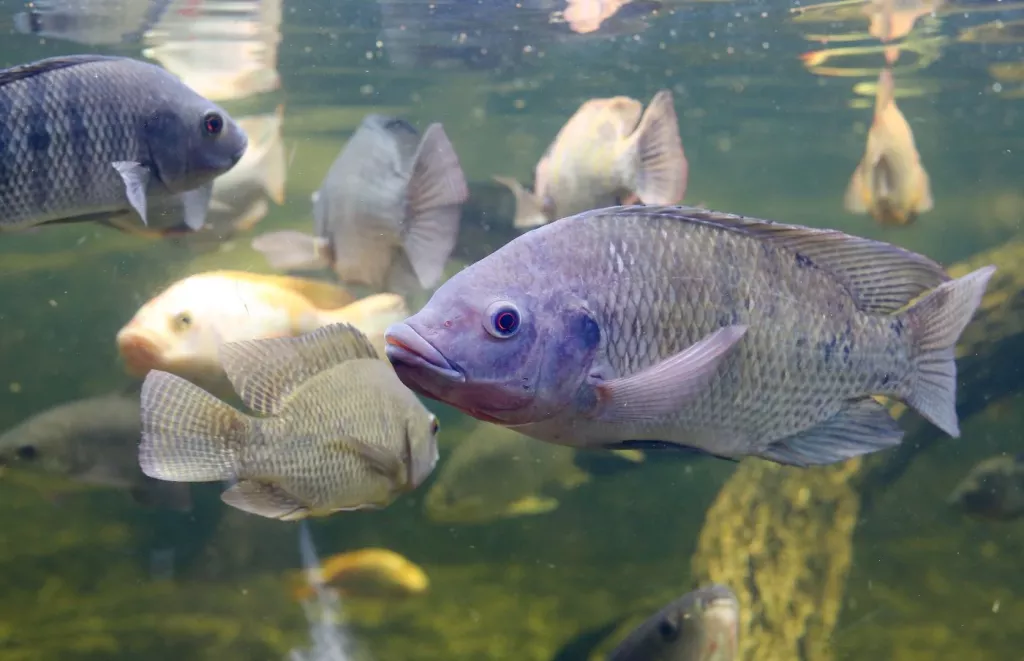
On this page:
Costs of Tilapia Farming in the Philippines
The main cost component of tilapia farming is feed, which comprises about 72% of the total variable cost of production for intensive tilapia farming. Other expenses include fingerlings, labor, diesel, water, fertilizer, and chemicals.
Overall, the total cost of setting up and running a tilapia farm in the Philippines can range from PHP 500,000 to PHP 1,000,000 per hectare. Here's a table of the major costs of a tilapia farm in the Philippines.
| Cost of Production | Estimated Amount |
|---|---|
| Feed | PHP 30 to PHP 40 per kilogram, depending on the quality and brand |
| Fingerlings | PHP 0.50 to PHP 2.00 per piece, depending on the size and source |
| Labor | PHP 300 to PHP 500 per day, depending on the number of workers and their skills |
| Diesel | PHP 40 to PHP 50 per liter, depending on the location and supplier |
| Water | PHP 50 to PHP 100 per cubic meter, depending on the source and location |
| Fertilizer and chemicals | PHP 500 to PHP 1,000 per hectare, depending on the type and brand |
| Fuel and electricity | PHP 5,000 to PHP 10,000 per month, depending on the size of the farm and the equipment used |
| Pond construction or leasing | PHP 20,000 to PHP 50,000 per hectare, depending on the location and quality of the pond |
| Broodstock | PHP 10 to PHP 20 per piece, depending on the source and quality |
| Spawning tanks and egg incubation system | PHP 10,000 to PHP 20,000, depending on the size and quality |
| Permits and fees | PHP 5,000 to PHP 10,000 per year, depending on the location and size of the farm |
| Maintenance | PHP 5,000 to PHP 10,000 per month, depending on the size of the farm and the equipment used |
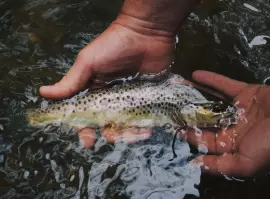
Start-up costs of a tilapia farm
To start your own tilapia farm, you need some initial investment. Here are some of the main costs you'll need to consider:
- Pond construction or leasing: Whether you decide to construct a new pond or lease an existing one, it can be a significant initial cost. Make sure to choose a suitable location in terms of water supply and quality, as well as accessibility for transportation and management.
- Hatchery setup: To ensure a reliable and high-quality supply of fingerlings, you may need to set up your own hatchery. This includes the purchase of broodstock, the construction of spawning tanks, and setting up an appropriate egg incubation system.
- Fingerlings: The purchase of fingerlings for stocking your ponds is a considerable initial expense. Make sure to buy from a reputable supplier to ensure the health and quality of your stock.
Operational expenses to keep your farm running
There are ongoing operational expenses that you will need to consider, including:
- Labor: This includes your own work as well as that of any hired help for tasks such as feeding, maintenance, and harvesting. The cost of family labor might also have to be considered.
- Fuel and electricity: Fuel is required for gear and equipment, while electricity is needed for proper aeration, lighting, and other related activities within the farm.
- Government permits and fees: Acquiring necessary permits and paying fees for water usage, waste management, and other regulatory requirements is essential for your tilapia farm operations.
Feed and maintenance costs for your farm
Feed and maintenance costs are crucial to keeping your tilapia farm running smoothly:
- Feed: Tilapia require a nutritionally balanced diet for optimal growth. The cost of feed varies depending on the formulation you choose, but it usually makes up a significant portion of your expenses.
- Maintenance: Keeping your ponds clean and well-maintained helps ensure a healthy tilapia population. This includes expenses related to regular cleaning, water treatment, and the repair of infrastructure.
Profit Analysis for Tilapia Farming
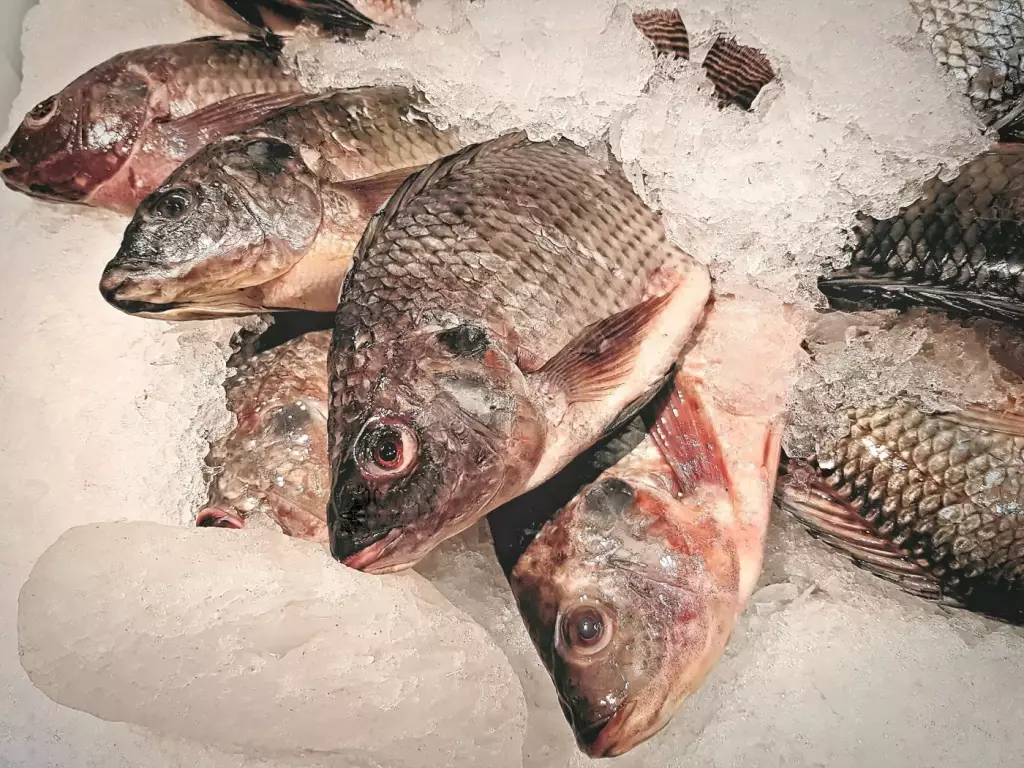
You can accumulate revenue ranging from PHP 700,000 to PHP 1,300,000 per year when selling tilapia in the Philippines.
To be successful in tilapia farming in the Philippines, you have to keep updated with the current market prices, work actively to achieve a favorable return on investment, and adapt to any emerging risk factors within the industry.
Market price of tilapia
The retail price for tilapia is at 177.500 PHP/kg in April 2023.
In 2022, the average domestic wholesale price of tilapia in the Philippines was around 106.95 Philippine pesos per kilogram, reflecting an increase of about 4.45 Philippine pesos from previous records. Market prices are subject to change. It's essential to keep an eye on current trends to adapt your tilapia farming business accordingly.
You can calculate the breakeven point based on the costs above and the current market price of tilapia at PHP 177.50 per kg. Let's assume that the total cost per kilogram of tilapia produced is PHP 120. Therefore, the breakeven point can be calculated as follows:
Breakeven point = Total cost / Selling price per kilogram
Breakeven point = PHP 120 / PHP 177.50 = 0.68 kilograms of tilapia
In this example, the tilapia farm needs to produce and sell at least 0.68 kilograms of tilapia to cover its total cost and break even.
Return on investment for farming tilapia
To assess the returns on your tilapia farming investments, consider the following factors:
- Analysis of your production costs, including expenditures incurred in transporting farm inputs to the production sites.
- The competitive advantage of tilapia production in the Philippines, which can sustain as long as the average tilapia yield, recorded at 5.61mt/ha, does not drop significantly, or the domestic cost does not rise considerably.
One successful enterprise, the VCSFA association, recorded PHP 309,625 gross income from tilanggit (small size tilapia with an average body weight of 50g/pc, dried and packed) with a high market price of PHP 1,000/kg. Exploring value-added products like tilanggit can improve your overall profitability in tilapia farming.
Risk factors that affect your tilapia farm
In tilapia farming, be aware of potential risk factors that may impact your profits:
- Unexpected price fluctuations in the market, which can affect your selling price.
- Possible declines in the average tilapia yield, affecting your volume of production.
- Changes in governmental policies or regulations related to tilapia farming.
Adopt Sustainable Tilapia Farming Practices
These sustainable tilapia farming practices will help ensure the long-term success of your farm while minimizing its impact on the environment. In this section, we'll discuss some environmentally friendly techniques and the use of organic inputs.
Environmentally friendly techniques for farming tilapia
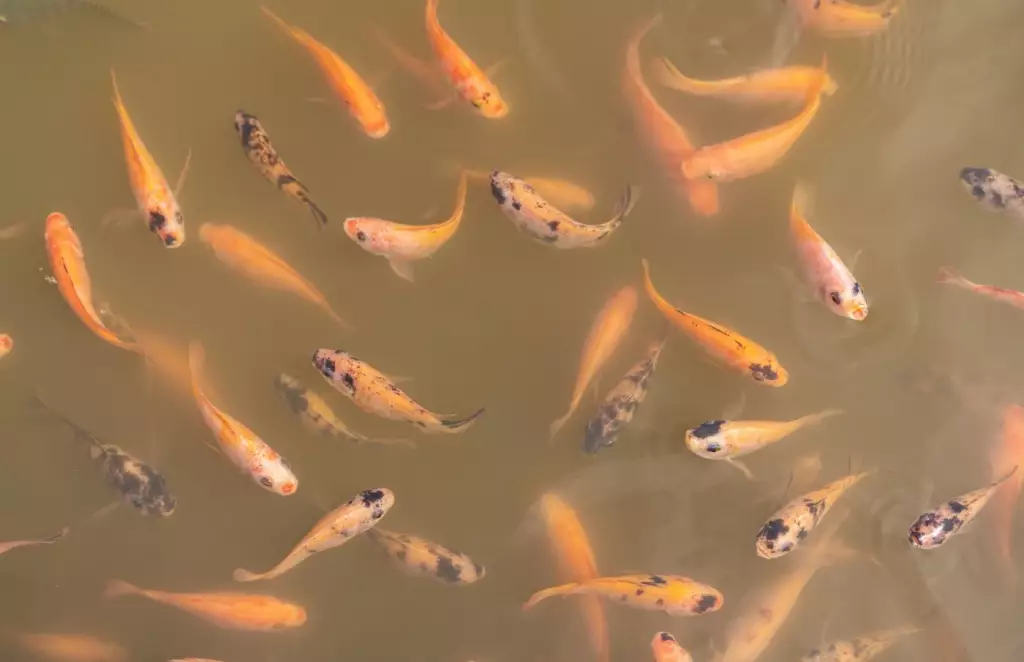
You can greatly reduce the negative impacts on the environment and improve the efficiency of your operation by implementing environmentally friendly techniques on your tilapia farm. Some effective techniques to consider are:
- Integrated aquaculture systems: These systems promote efficient use of resources by combining tilapia farming with other forms of agriculture, such as rice or vegetable farming. This integrated approach helps recycle nutrients and reduce waste.
- Polyculture: By cultivating multiple fish species in the same pond, you can enhance the ecological balance and reduce the risk of disease outbreaks. For example, combining tilapia with other compatible species like milkfish or shrimp can improve overall pond health.
- Proper pond design and management: Build your ponds with an appropriate size, depth, and slope to encourage oxygen exchange and maintain water quality. Regular water quality monitoring, pond cleaning, and proper stocking density contribute to a healthier environment for your tilapia.
- Water recycling: Implement systems that allow you to reuse and treat water, reducing water consumption and minimizing the discharge of pollutants.
- Energy-efficient technologies: Utilize energy-saving equipment for aeration, water circulation, and other processes to reduce energy consumption and greenhouse gas emissions.
Organic inputs for your tilapia farm
To further promote sustainability, consider using organic inputs in your tilapia farming operations:
- Organic feeds: Opt for feeds made from natural and organic ingredients, free from synthetic additives and growth hormones. This not only benefits the health of your tilapia but also reduces the accumulation of harmful substances in the environment.
- Organic fertilizers: Apply organic fertilizers, such as animal manure or compost, to provide essential nutrients for your tilapia and support the growth of natural food sources like plankton. This can help minimize the use of chemical fertilizers that may harm the environment and fish health.


